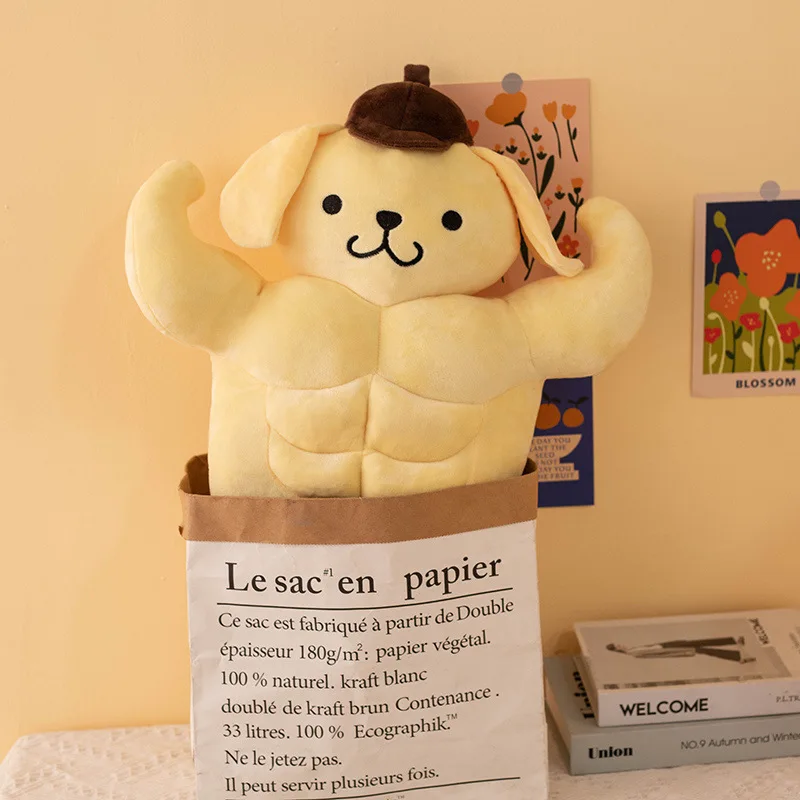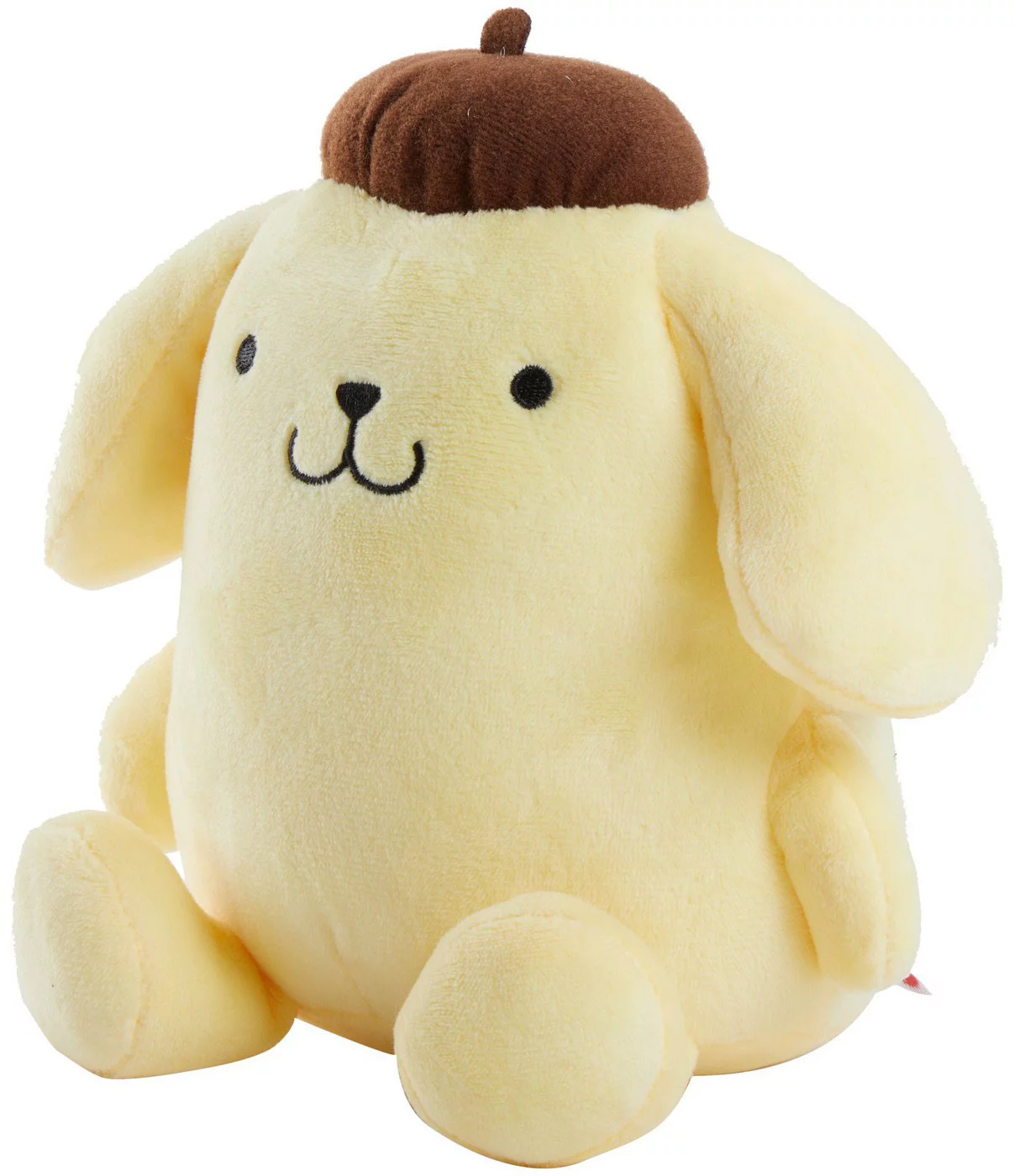Introduction:

Toys play a crucial role in a child’s development, serving as instruments that help shape their growth, creativity, and imagination. In this article, we will delve into the significance of toys in early childhood development, exploring how they enhance cognitive and motor skills, and promote social and emotional growth. Additionally, we will discuss the importance of choosing age-appropriate toys that cater to a child’s evolving needs.
I. The Role of Toys in Early Childhood Development
A. Enhancing Cognitive and Motor Skills:
During early childhood, children’s minds are like sponges, absorbing information and experiences. Toys provide an opportunity for them to sharpen their cognitive abilities and develop their motor skills.
- Fine Motor Skills Development through Building Blocks and Puzzles: Building blocks and puzzles not only foster creativity but also help in refining fine motor skills. Manipulating and attaching pieces together requires precision and concentration, thus improving hand-eye coordination and finger dexterity.
- Cognitive Development through Problem-Solving Toys and Games: Toys that require problem-solving, such as shape sorters, mathematical puzzles, and memory games, stimulate a child’s thinking abilities. These toys prompt children to analyze situations, think critically, and find solutions, thereby enhancing their cognitive development.
B. Promoting Social and Emotional Growth:

Toys also play a crucial role in nurturing a child’s social and emotional growth, allowing them to engage in imaginative and cooperative play.
- Role-playing and Pretend Play with Dolls and Action Figures: Dolls and action figures facilitate role-playing, where children can mimic real-life scenarios and explore different social roles. This type of play encourages empathy, cooperation, and communication skills among children.
- Emotional Intelligence Development through Board Games and Cooperative Play: Board games and cooperative play involve interaction with peers, fostering the development of emotional intelligence. These activities teach children how to take turns, follow rules, manage emotions, and work together towards a common goal, ultimately enhancing their social skills.
III. Choosing the Right Toys for Different Age Groups
A. Infants and Toddlers (0-2 years):
During this stage, sensory exploration is paramount. Toys that engage their senses are essential for their growth and development.
- Soft Plush Toys and Rattles for Sensory Exploration: Soft plush toys with various textures and rattles that make sounds stimulate a baby’s senses. These toys promote sensory exploration, aiding in cognitive and sensory development.
- Colorful and Interactive Toys for Cognitive Stimulation: Toys with bright colors, contrasting patterns, and interactive features, such as buttons and levers, capture the attention and curiosity of infants and toddlers. These toys stimulate their cognitive abilities, encouraging them to explore and learn.
B. Preschoolers (3-5 years):

Preschoolers are in a transitional phase, expanding their knowledge, language, and motor skills. Age-appropriate toys can further enhance these developmental areas.
- Educational Toys for Alphabet and Number Recognition: Toys that focus on alphabet and number recognition, such as letter puzzles and counting toys, help preschoolers develop foundational literacy and numeracy skills. These toys make learning interactive and enjoyable.
- Art Supplies and Building Blocks for Creative Expression: Preschoolers thrive on artistic expression and imaginative play. Providing them with art supplies, such as crayons, paints, and clay, fuels their creativity and fine motor skills. Building blocks enable them to construct and design, fostering spatial awareness and problem-solving abilities.
C. School-Age (6-12 years):
As children enter the school-age phase, their intellectual curiosity expands. Providing toys that challenge and engage them in new ways can further support their growth.
- STEM Toys for Scientific Exploration: STEM (Science, Technology, Engineering, and Mathematics) toys, such as building sets, scientific experiments, and coding kits, stimulate critical thinking, problem-solving, and analytical skills. These toys encourage children to explore the world around them, fostering a passion for scientific discovery.
- Board Games and Puzzles for Strategic Thinking and Social Interaction: Board games and puzzles not only enhance strategic thinking but also promote social interaction. These activities require children to plan, strategize, and make decisions while engaging with others, thus developing their cognitive and social skills.
IV. The Magic of Pompompurin: A Beloved Toy Character
A. Introduction to Pompompurin:

Pompompurin is a golden retriever puppy character created by the Japanese company Sanrio. With its signature brown beret and charming antics, Pompompurin has become a beloved character among children and adults alike. Its cute and endearing nature appeals to children of different ages and backgrounds.
B. Pompompurin Merchandise and its Appeal to Children:
Pompompurin merchandise offers a wide range of products that captivate children’s imaginations and interests. These products not only provide comfort and companionship but also inspire imaginative play.
- Plush Toys for Cuddling and Comfort: Pompompurin plush toys are perfect companions for children, offering comfort, security, and cuddles. These soft and huggable toys provide a sense of comfort, especially during nap times and bedtime routines.
- Pompompurin-themed Games for Imaginative Play: Pompompurin-themed games, such as board games, puzzles, and role-playing sets, encourage children to engage in imaginative play. These games allow children to create their own stories, assume different roles, and explore various scenarios in the Pompompurin universe.
C. Using Pompompurin Toys to Facilitate Learning and Engagement:
Pompompurin toys can serve as valuable tools to enhance learning and engagement while making the process enjoyable and fun for children.
- Incorporating Pompompurin into Educational Activities and Crafts: By integrating Pompompurin into educational activities, such as counting, color recognition, and spelling games, children can develop essential academic skills. Additionally, crafts related to Pompompurin, like DIY art projects or creating Pompompurin-themed stories, foster creativity, fine motor skills, and self-expression.
- Pompompurin-themed Parties and Celebrations: Organizing Pompompurin-themed parties and celebrations can create a vibrant and engaging environment for children. These events can include games, decorations, and activities tailored around Pompompurin, providing a memorable and interactive experience for children and their friends.
V. The Importance of Playtime and Parental Involvement
A. Encouraging Unstructured Playtime for Imagination and Creativity:

Unstructured playtime is essential for children’s imagination, creativity, and cognitive development. Providing a stimulating play environment where children can explore, create, and imagine freely is crucial in fostering their innovation and problem-solving skills.
- Creating Play Environments that Inspire Innovation: Designing play areas that incorporate different materials, props, and Pompompurin-themed elements can inspire children’s creativity and innovation. These environments can include building blocks, art supplies, costumes, and other props that encourage open-ended play and exploration.
- Allowing Children to Lead the Way in Their Play Activities: Parents should allow children to take the lead in their play activities, allowing them to explore their interests, make choices, and express their ideas. This autonomy fosters a sense of confidence, independence, and decision-making skills.
B. Parental Involvement in Playtime:
Parents play a significant role in children’s playtime, as they can actively engage in play experiences, fostering a deep bond and supporting their child’s learning and development.
- Bonding Opportunities through Shared Play Experiences: Joining children in their play activities creates meaningful bonding moments. By actively participating in their play, parents can establish a stronger connection, build trust, and create lasting memories with their child.
- Guiding and Supporting Children’s Learning through Play: Parents can guide their children’s learning during playtime by asking open-ended questions, providing age-appropriate challenges, and offering encouragement and guidance. This approach supports children’s cognitive development, problem-solving abilities, and social skills.
Conclusion:
Pompompurin’s enchanting character and merchandise provide children with an array of opportunities for imaginative play, learning, and engagement. Through incorporating Pompompurin into educational activities, encouraging unstructured playtime, and actively participating in their play experiences, parents can nurture their child’s creativity, curiosity, and emotional well-being. Let us embark on a Pompompurin-inspired journey, where play becomes a magical gateway to a world of growth and joy for children everywhere.
